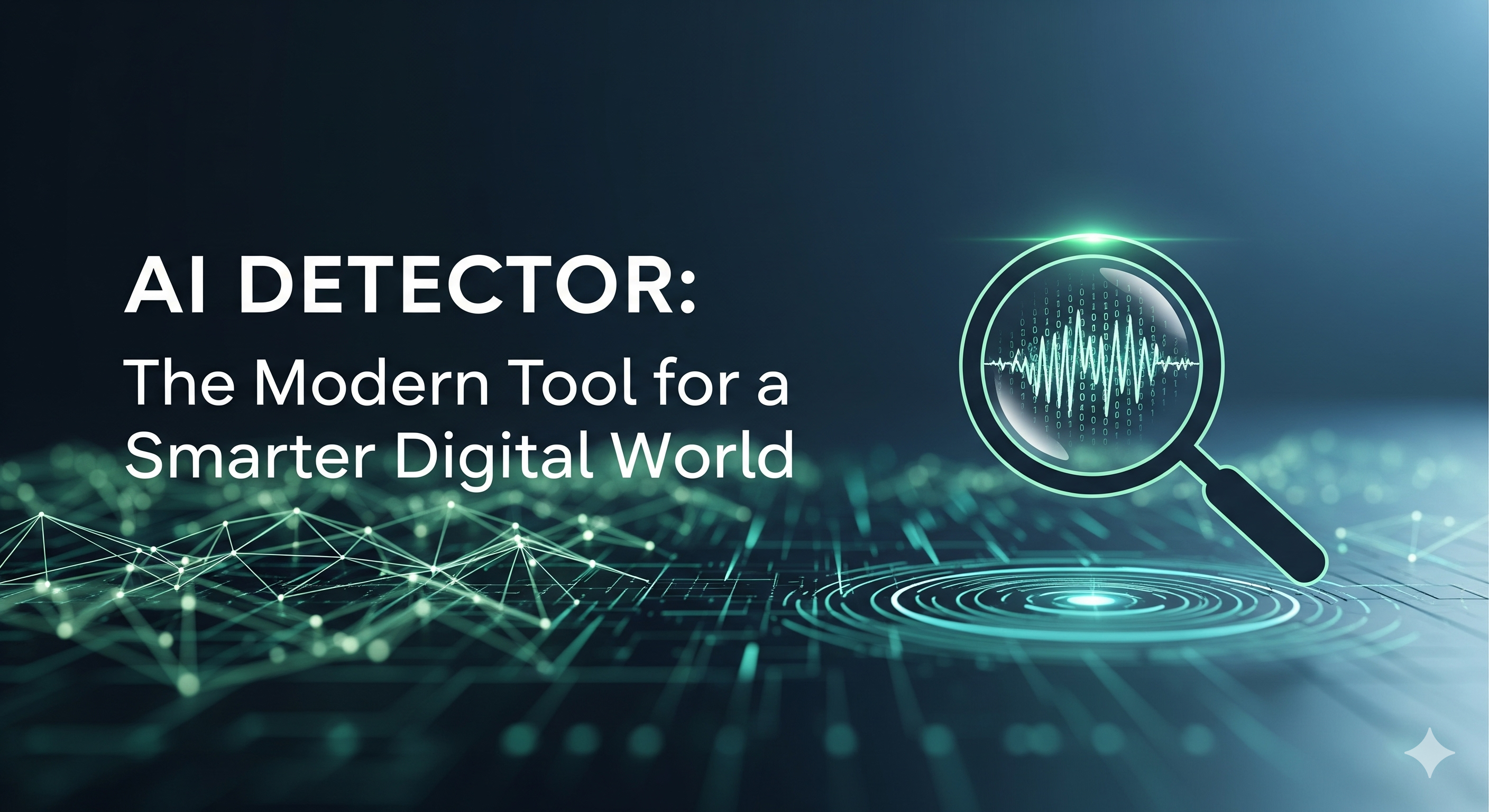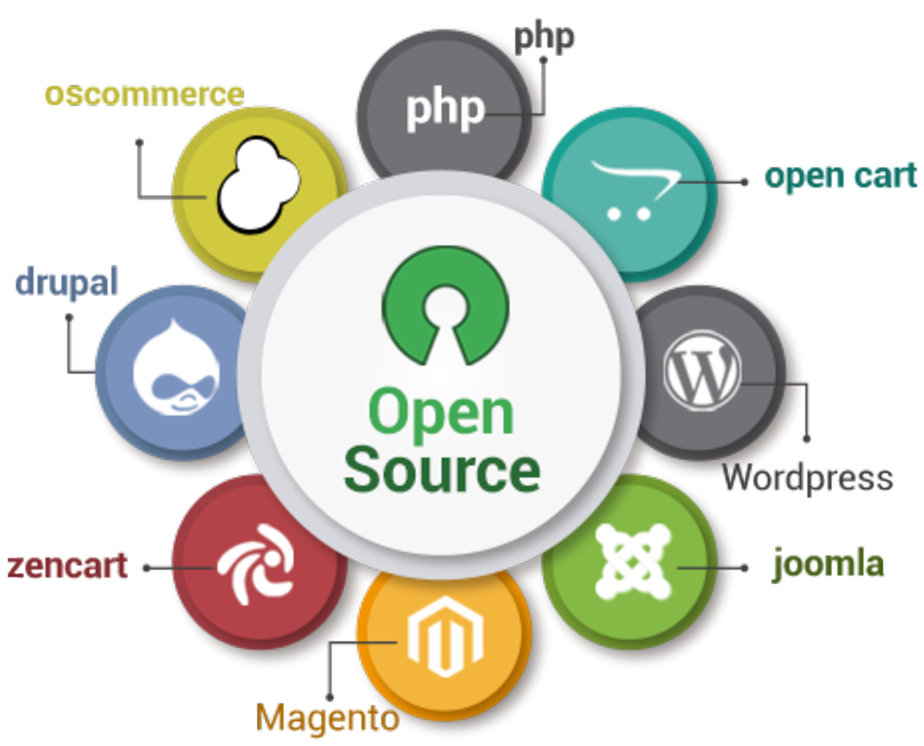AI Detector: The New Digital Lens Protecting Authenticity in the Modern World

The digital world is expanding at a pace no one could have predicted. Every day, millions of words are written, shared, published, and repurposed across the internet. With the rise of advanced language models, distinguishing whether content was written by a human mind or a machine has become increasingly challenging. This growing uncertainty has created a demand for a powerful new tool: the AI detector.
Unlike previous online tools that simply scanned text for grammar or plagiarism, the AI detector steps into a broader, more complex arena. It doesn’t just check whether content is copied—it examines how it was born. It looks beyond surface-level vocabulary and digs into patterns, structures, and invisible linguistic fingerprints that only algorithms leave behind.
Rewriting the Rules of Online Authenticity
Before artificial intelligence took center stage, originality was measured by how different a text was from pre-existing material. But AI changed that. Machines can now produce paragraphs that appear unique but are shaped by patterns and probabilities rather than human reasoning. This shift forced the online world to rethink how authenticity is defined.
The AI detector brings clarity back into that equation. Its role is not to punish machine-generated writing, but to reveal it. Transparency has become a necessity, especially for educational institutions, content publishers, businesses, and digital platforms that depend on trust.
A professor wants to know whether a student learned a concept or copied automated text.
A brand wants assurance that its product descriptions reflect genuine creativity.
A journalist needs to ensure the credibility of a source.
In all these cases, the AI detector functions as a digital truth filter—bringing certainty to an increasingly automated landscape.
How an AI Detector Reads Between the Lines
On the surface, AI-written text can look flawless. But beneath the clean grammar and smooth flow, there are patterns that only machines produce. An AI detector identifies these patterns through an intricate blend of probability analysis, language modeling, and structural mapping.
Here’s what sets it apart:
-
Pattern sensitivity: AI tends to arrange ideas in predictable ways. Detectors pick up on this.
-
Burstiness analysis: Humans write with natural variation—some sentences short, others long. AI often lacks this rhythm.
-
Semantic drift detection: AI sometimes wanders off-topic subtly. Detectors catch these deviations.
-
Token probability mapping: Every AI model predicts the next word statistically. Detectors sense these probability-based trails.
The user sees only a simple score. But behind that score is a detailed digital investigation that evaluates the DNA of the text.
Why the AI Detector Has Become Essential
We are now in a world where AI can create everything: essays, scripts, blog posts, ads, research summaries, reports, even poems and novels. While these tools open creative possibilities, they also raise concerns. Without an AI detector, the line between human insight and automated output becomes blurry.
Industries that rely on credibility feel the impact most:
-
Education relies on honest learning.
-
Publishing depends on authentic voices.
-
Marketing thrives on unique branding.
-
Media demands accuracy and accountability.
The AI detector ensures these standards remain intact.
At the same time, it assists creators who want to refine their work. Many writers, bloggers, and marketers use detectors to verify that their content is genuinely theirs—not inadvertently influenced by machine-generated suggestions.
A Balanced Relationship With Artificial Intelligence
The rise of the AI detector doesn’t mean AI should be rejected. On the contrary, both have a complementary relationship. AI helps generate ideas, structure content, and speed up repetitive tasks. The AI detector ensures the final result remains aligned with human goals, expectations, and ethical standards.
Instead of preventing the use of AI, detectors simply encourage transparency. They help clarify when AI was involved and to what degree, similar to how food packaging lists ingredients. The goal is clarity, not restriction.
Innovation Driving the Next Chapter
As AI continues to evolve, the systems designed to detect it must evolve too. Newer detectors are now examining not only text but also:
-
AI-generated images
-
Synthetic audio
-
Machine-created video
-
Automated code
-
AI-crafted academic research
Future AI detectors may even evaluate digital behavior—how fast content was produced, how a user interacts with an editor, or how ideas progress from draft to final form.
The point is simple: as digital creativity grows more complex, detectors will grow smarter, acting as guardians of authenticity in ways we haven’t yet imagined.
Conclusion
The AI detector has become one of the most important tools in the digital ecosystem. It helps individuals, businesses, educators, and platforms identify the origins of content and preserve the integrity of communication. It is not an enemy of artificial intelligence but a partner that ensures AI is used responsibly.
In an online world where machines can mimic human thought with surprising accuracy, the AI detector stands at the doorway—reminding us that honesty, originality, and transparency will always matter, no matter how advanced technology becomes.
For More Blogs: Click Here



